Now that all the centenery ‘celebrations’ of the First World War have been and gone, it’s time to look at how (and why) the rituals used to commemorate this and subsequent wars came about. This is a video I’ve just finished which is another look at The Two Minutes Silence – I’ve made videos, audio recordings and still photographs of various silences over the past few years and will probably do so again, but here, for now, is the Daddy of them all…
Filmed at 11am on Sunday 11th November 2018 – Exactly 100 years after the Armistice which ended the First World War. This was filmed on Horse Guards Parade where the artillery gun is fired to signal the beginning and end of the Two Minutes Silence. – But there can never be absolute silence or absolute stillness. The Two Minute Silence begins while the echo of the shot is still fading. Big Ben chimes Eleven o’ Clock (The bells had not been heard for months while the bell tower was being renovated). People pause, but there are still sounds – Car alarms set off by the gun, cop car sirens, wind noise. There is still movement – Leaves being blown, birds flying, flags fluttering, feet shuffling, the London Eye turning. And when the Two Minutes are up, the gun is fired again, the Last Post is played on bugles and then the crowds have to decide what they will say. There is laughter – one of the soldiers can’t get back on his horse… At the end of the First World War, the British government planned a grand parade to celebrate the allied victory. But to the bereaved families and maimed soldiers, it may have seemed a hollow victory. The public mood was more for reflection and remembrance than for more of the jingoism that had marched them off to “The Great War”. But remembrance was wrapped up in a shroud of memorialisation and hidden under a draped flag of Empire. and The memorials, notably the Cenotaph in Whitehall and Tomb of the Unknown Warrior in Westminster Abbey, and acts of remembrance, particularly the Two Minutes Silence, said more about what had been lost than anything that had been won. It was a silence that told them to shut up and say nothing.
The Daily Herald carried a front page editorial on 11 November 1919: “You will be asked to be silent for two minutes to-day, to be silent and pause your labours to remember this day and this hour last year… “What will you remember and what will you forget? … The crime that called these men to battle… The war that was to end war and in reality did not?…
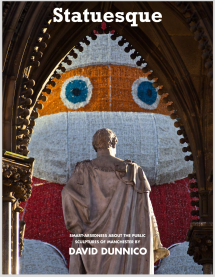 You may have noticed I have a thing about memorialisation, statues and why cities end up like they do. I’ve done a new* 24-page magazine booklet of photographs and essays about the public art and “monuments to great men” (and two women) called: ‘Statuesque: Smartarsedness about the public sculptures of Manchester
You may have noticed I have a thing about memorialisation, statues and why cities end up like they do. I’ve done a new* 24-page magazine booklet of photographs and essays about the public art and “monuments to great men” (and two women) called: ‘Statuesque: Smartarsedness about the public sculptures of Manchester 
























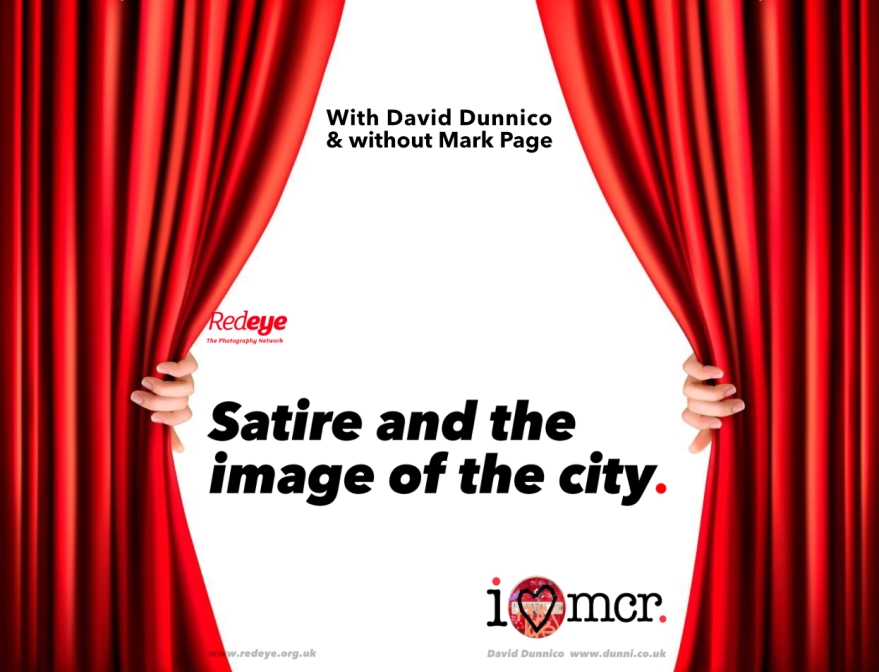
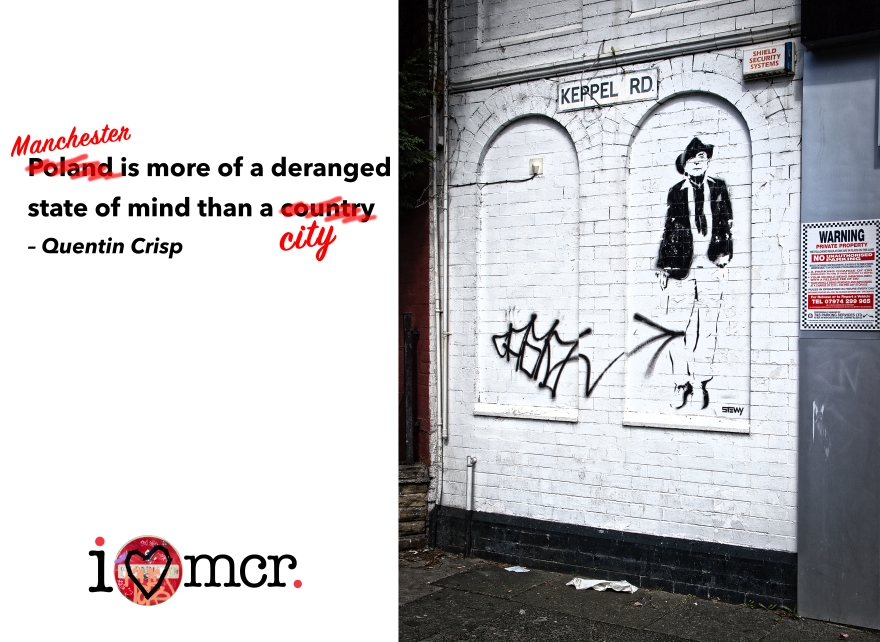
 I’m giving a talk and showing my photos at RedEye, the photography network about
I’m giving a talk and showing my photos at RedEye, the photography network about 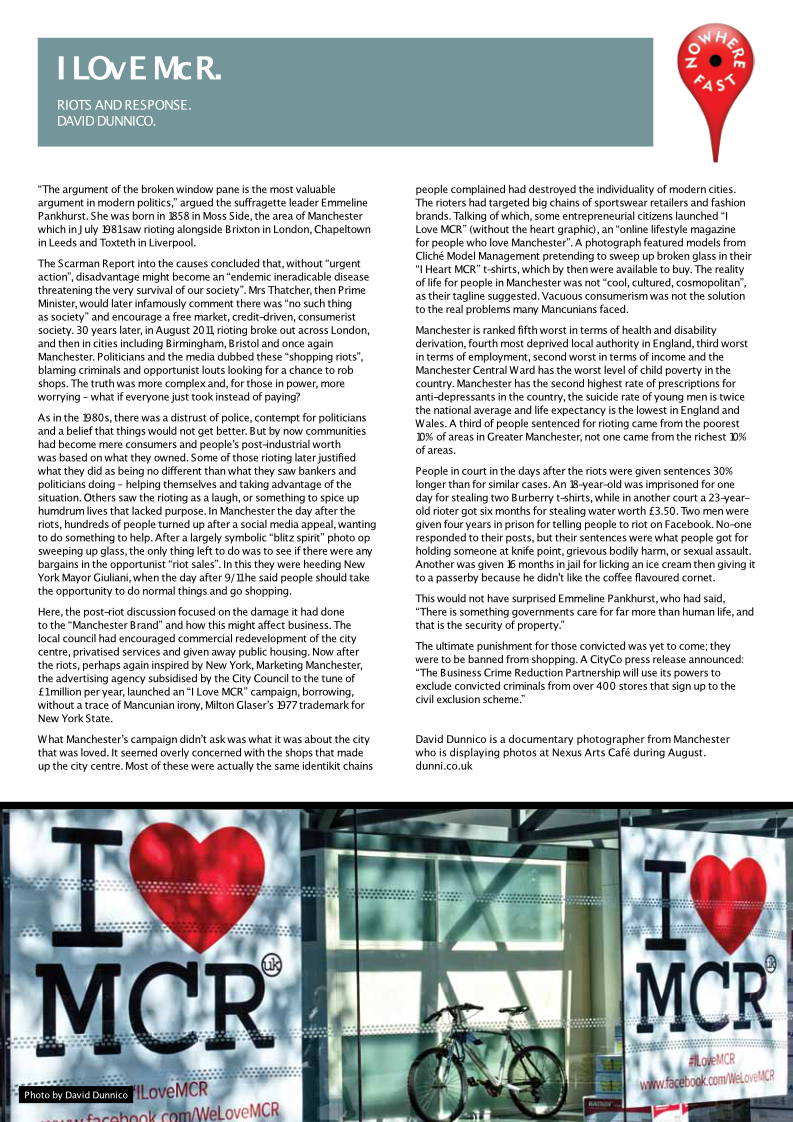



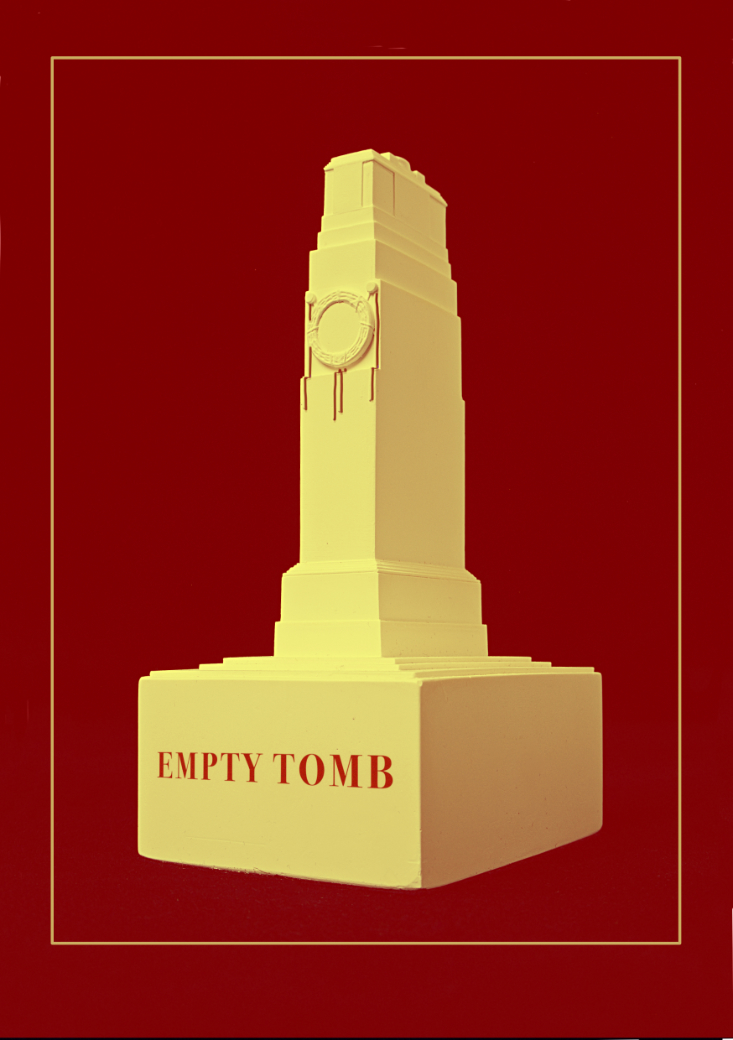
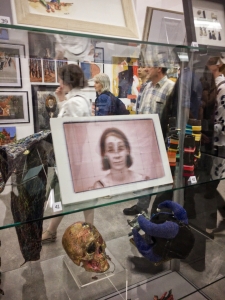 The other picture I’ve got in the exhibition was also shown earlier in the year at
The other picture I’ve got in the exhibition was also shown earlier in the year at 





